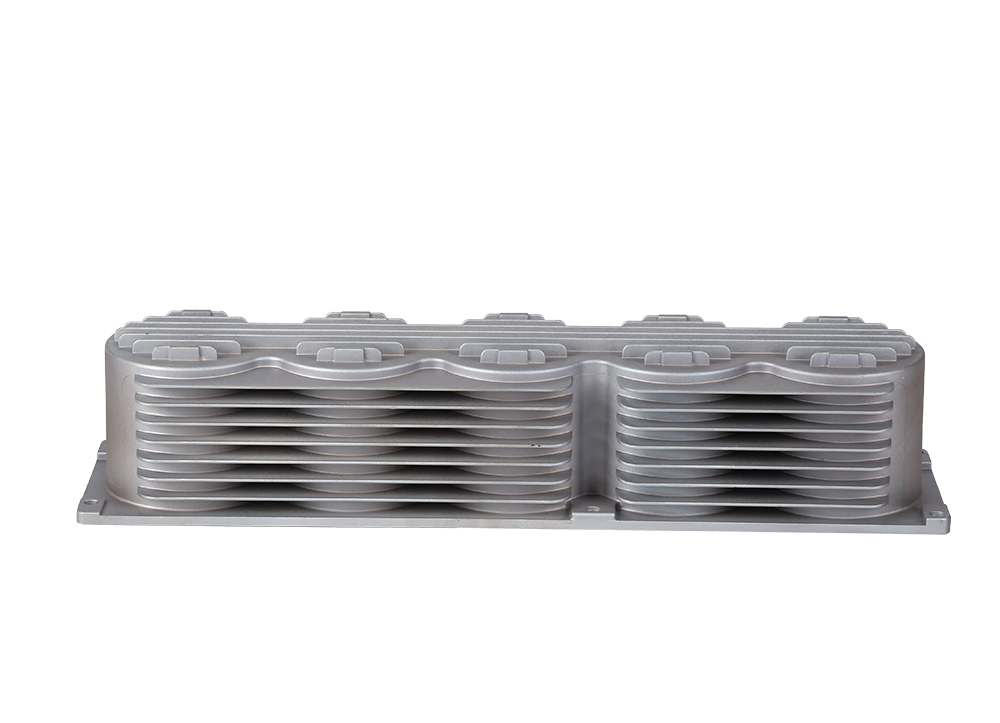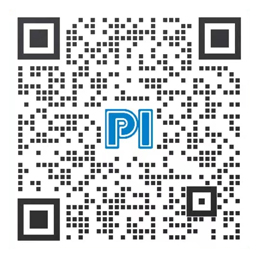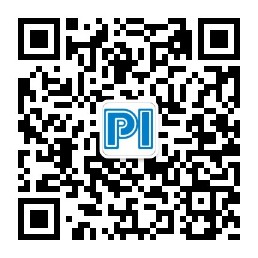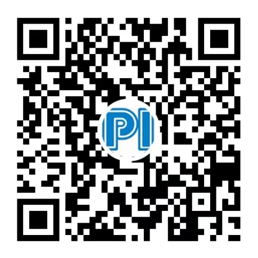Time:2022-11-21 Preview:
The main functions of the switch include physical addressing, network topology, error checking, frame sequence and flow control. At present, switches also have some new functions, such as supporting VLAN (Virtual Local Area Network), link aggregation, and even firewall.
MAC part: The Ethernet switch knows the MAC address of the device connected to each port, maps the address to the corresponding port, and stores it in the MAC address table cached by the switch.

Forwarding/filtering part: When the destination address of a data frame is mapped to the MAC address table, it is forwarded to the port connecting to the destination node, not to all ports (if the data frame is a broadcast/multicast frame, it is forwarded to all ports).
Elimination of loops: When the switch contains redundant loops, the Ethernet switch uses Spanning Tree Protocol to avoid loops and allow backup paths.
Generally speaking, each port of the switch is used to connect an independent network segment, but sometimes in order to provide faster access speed, we can directly connect some important network computers to the port of the switch. In this way, key servers and important users of the network can access faster and support larger information flows.
Switches are divided into non managed switches, optical switches and fully managed switches.
 Related News
Related News·Lightweight Choice for Universal Die Casting Aluminum Alloy Automotive Manufacturing ·The Effect of Precision Mechanical Processing Technology · How to Improve the Service Life of Large CNC Drilling Machines ·What are the milling methods of Longmen Machining Center? ·Pouring hardware processing and forming technology: hydraulic forming ·The difference between engraving and milling machines, engraving machines, and machining centers ·CNC auxiliary function ·Processing materials are divided into two categories: metal materials and non -metallic materials ·CNC blade (tool) choice ·What are the specific classifications of the carving machine according to the system application?


